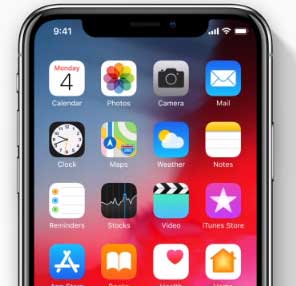How contact lenses are made up of [Process]
The process of making contact lenses
Contact lenses are thin clear discs, that are worn over the front surface of the eye to correct the vision. Everything becomes fuzzy when most of the people take off their glasses except when they are wearing these contact lenses. That helps you see without anybody being a way that you are even got them on. Contact lenses have been in existence for over a century. At first, completely rigid they have now become gas permeable and as flexible as gelatin. These small poly HEMA discs are used to make soft polymer contact lenses in a variety of colors. Many people who wear eyeglasses can also successfully wear contacts.
Different material to create contact lenses
The process begins with data processing control of the shaping data is supplied by the computer which controls a digital lathe. As they begin by shaping the inner curvature of the lens. This digital lathe rotating at 6000 revolutions per minute is equipped with an industrial diamond. It shapes the inner surface the part that touches the cornea. It must be free from any imperfections and is polished with a super-fine abrasive paste. In making contact lenses, polishing is a crucial step because it assures excellent comfort and perfect vision.
A technician then measures the lens thickness with an extremely precise gauge. Then they now shape the outer surface, a part that touches the eyelid. Then the lens is glued with a special warm wax. When the lens is completed, the wax will be removed by an ultrasound device. The wax then takes on the desired shape in just seconds. The comfortable lens is also determined by its thickness. It must be as thin as possible while retaining sufficient solidity. As they begin by shaping the outer diameter of the lens, which takes only a few seconds.
Contact lenses exam
They now polished the outer surface of the lens. The polishing is done at a high speed calls for an abrasive paste, some oil in a small polyester cotton ball. The apparatus then polishes several lenses at the same time within 60 seconds. A technician then polishes the rims of the lens. In the lens, the polymer is then hydrated to make it flexible. The lenses remain immersed in a balanced PH saline solution for the next 24 hours. Then the lens becomes engorged with liquid and expands reaching the desired proportions.
Contact lenses color
The optical topographer is used to verify through color distribution, whether the spread of optical power in the lens is precise enough to assure perfect vision. Noe, there is another important testing procedure, the saw fragile lenses are always handled with the greatest of care. There is a metering device called a phonto focal meter. As it is a metering device that verifies the optical position of the lens.
The lenses are now completed and are cleaned. They are now stored in a container filled with the salt solution and then perfectly sealed with the silicon cap in vials and another of aluminum. These vials are placed in a sterilizer at a temperature of 121 degrees centigrade for an hour and a half. The production of the lens involves 14 steps. If we exclude the rather lengthy hydration process, the actual lens production requires only 15 minutes. A company can produce approximately up to 1000 contacts per day. With proper care and supervision, contact lenses are a safe and effective alternative to eyeglasses.
Contact lens types
- Soft contact lenses
- Rigid contact lenses
Contact lenses are used just like eyeglasses to correct nearsightedness and farsightedness. Contact can be made from several different materials either the soft or rigid categories. Soft lenses are a good option for many people. The rigid lenses usually provide sharper vision, for those with high refractive errors. Rigid lenses may take longer to get used to but once the eyes are used to them. Both the soft and rigid lenses can be worn comfortably. Some contact lenses are designed to be removed daily, while others can be worn overnight. As they can be replaced on a daily, weekly, monthly or quarterly, or yearly basis.






I am using first time this app.